
About External Commercial Borrowings (ECBs):
- ECBs refer to the borrowing of funds by Indian companies from foreign sources in the form of loans, bonds, or other financial instruments.
- Purpose: It can be used to finance a variety of purposes, including the expansion of business, the acquisition of assets, and the repayment of existing debt.
- Source of ECBs: ECB can be obtained from a variety of sources, including foreign banks, international financial institutions, and foreign subsidiaries of Indian companies.
- ECB can be in the form of rupee-denominated loans, which are repaid in Indian rupees, or foreign currency-denominated loans, which are repaid in a foreign currency.
- Regulation: ECB is subject to regulatory oversight by the RBI, which sets limits on the amount of ECB that Indian companies can obtain and the purposes for which it can be used.
- Companies must also meet certain eligibility criteria in order to access ECB, such as minimum credit ratings and debt-equity ratios.
- Benefits:
- ECBs provide an opportunity to borrow large volumes of funds.
- The funds are available for a relatively long term.
- Interest rates are also lower compared to domestic funds.
- ECBs are in the form of foreign currencies. Hence, they enable the corporate to have foreign currency to meet the import of machineries etc.
- Risks:
- Exchange rate risk: Fluctuations in the value of the Indian rupee against foreign currencies can affect the cost of repaying the loan.
- Sovereign risk: ECB exposes companies to sovereign risk, as the ability of a foreign government to repay its debt can affect the creditworthiness of foreign lenders. If a foreign government defaults on its debt, it could have a negative impact on the ability of foreign lenders to repay their loans to Indian companies.
- Credit risk: ECB exposes companies to credit risk, as foreign lenders may not have the same level of protection as domestic lenders in the event of default.
- Regulatory risk: ECB is subject to regulatory risk, as changes to government regulations or policies related to ECB can affect the availability and cost of borrowing.

About Alzheimer’s Disease:
- It is a progressive and degenerative neurological disorder that affects the brain, leading to memory loss, cognitive decline, and behavioural changes.
- It slowly destroys memory and thinking skills and, eventually, the ability to carry out the simplest tasks.
- It is the most common cause of dementia, accounting for 60-80% of all dementia cases.
- The condition primarily affects older adults, typically starting after the age of 65, though early-onset forms can occur in individuals younger than 65.
- Cause: The exact cause of Alzheimer's disease is not fully understood, but it is believed to be influenced by a combination of genetic, environmental, and lifestyle factors.
- Symptoms:
- Early signs may include mild memory loss, difficulty finding words, misplacing items, and trouble with problem-solving.
- As the disease advances, individuals may experience more severe memory impairment, confusion, mood swings, changes in behaviour, disorientation, and difficulty with basic tasks like dressing and eating.
- Treatment:
- There is currently no cure for Alzheimer's disease, and the available treatments mainly focus on managing symptoms and slowing down its progression.
- Medications may be prescribed to enhance cognitive function or manage behavioural and psychological symptoms.
What is Dementia?
- Dementia is not a specific disease but rather an umbrella term used to describe a group of symptoms affecting cognitive abilities, memory, thinking, and social abilities.
- It is a progressive condition that impairs a person's ability to carry out daily activities and can significantly affect their quality of life.
- The most common cause of dementia is Alzheimer's disease, which accounts for the majority of cases.
- However, there are several other types of dementia, each with its underlying causes. Some of the common types of dementia include: Vascular Dementia, Lewy Body Dementia, Frontotemporal Dementia and Mixed Dementia.

About BIMSTEC:
- It is a regional organization comprising seven Member States lying in the littoral and adjacent areas of the Bay of Bengal, constituting a contiguous regional unity.
- It came into being on 6 June 1997 through the Bangkok Declaration.
- It constitutes seven Member States: five deriving from South Asia, including Bangladesh, Bhutan, India, Nepal, Sri Lanka, and two from Southeast Asia, including Myanmar and Thailand.
- Secretariat: Permanent Secretariat of BIMSTEC is operational since September 2014 in Dhaka.
- Areas of Cooperation:
- There are 14 priority areas 1) Counter terrorism and transnational crime, 2) Transport & Communication, 3)Tourism, 4) Environment and Disaster Management, 5)Trade and Investment, 6) Cultural Cooperation, 7) Energy, 8) Agriculture, 9 )Poverty Alleviation, 10) Technology, 11) Fisheries, 12) Public Health, 13) People-to-People contact 14) Climate Change.
- Each country takes lead in specific areas.
- India is the Lead Country in four areas, viz Counter-Terrorism and Transnational Crime, Transport & Communication, Tourism, and Environment and Disaster Management.

About Force Majeure:
- Force majeure is a French term that literally means “greater force.”
- The concept of force majeure refers to an extraordinary event rendering the legal obligations between two or more contractually bound parties impossible to fulfil.
- It is related to the concept of an act of God, an event for which no party can be held accountable. This type of event must be entirely beyond the parties' reasonable control.
- As a precautionary measure against breach of contract, many commercial agreements contain force majeure contract clauses enumerating a list of major events that could result in non-performance of contractual duties.
- Notable events include war, riots, criminal activity, epidemics, pandemics, and other unforeseeable events.
- For force majeure to apply, these hindering circumstances must be beyond a party's reasonable control.
- The contracting parties must also prove their reasonable efforts to mitigate the circumstances that have rendered the fulfilment of their duties impracticable.
- Such events may result in the parties delaying their obligations for a period of time, revising the contract terms, or agreeing on the contract’s cancellation.
- While force majeure has neither been defined nor specifically dealt with, in Indian statutes, some reference can be found in Section 32 of the Indian Contract Act, 1872 (the "Contract Act") envisages that if a contract is contingent on the happening of an event which event becomes impossible, then the contract becomes void.
- Force majeure conflicts with the concept of “pacta sunt servanda,” a principle in international law that agreements must be kept and not wriggled out of.
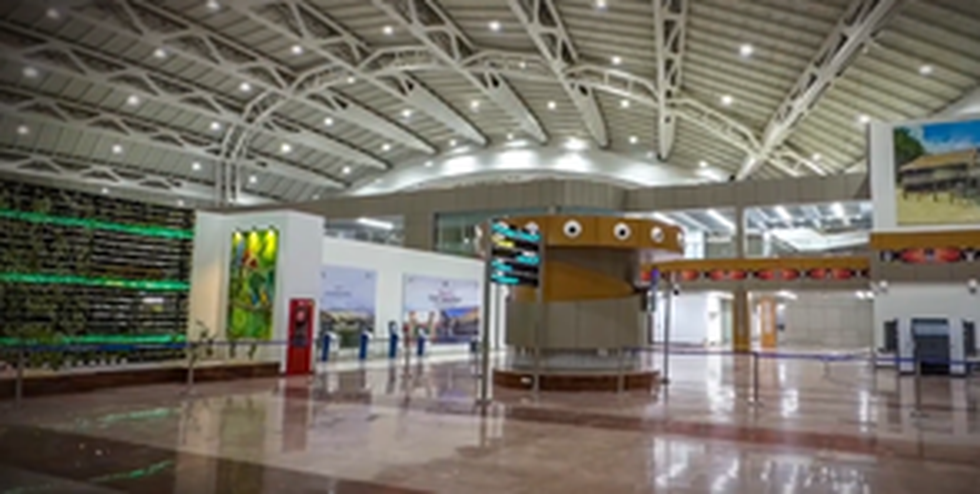
About Veer Savarkar International Airport:
- Veer Savarkar International Airport, also known as Port Blair Airport, is a customs airport located 2 km (1.2 mi) south of Port Blair.
- It is the main airport of the Andaman and Nicobar Islands of India.
- It is named after the Indian freedom fighter Vinayak Damodar Savarkar.
- It is a civil airport, and its facilities are shared with the Indian Navy.
- The terminal is managed by the Airports Authority of India, while the traffic is handled by the Indian Navy.
Key facts about Veer Savarkar:
- Born in 1883 near Nasik in Maharashtra, Vinayak Damodar Savarkar was popularly called Veer Savarkar.
- He was the first to acknowledge the mutiny of 1857 as the first struggle for Independence and wrote the book 'The History of the War of Indian Independence'.
- He was a passionate promoter of Hindutva since childhood.
- He was sentenced to 50 years in the cellular jail of Andamans, also known as Kala Pani, for revolting against the Morley-Minto reforms(Indian Councils Act 1909) in 1911.
- After his release from jail, he worked on the abolishment of untouchability in Ratnagiri.
- Serving as the president of the Hindu Mahasabha political party, he opposed the Quit India movement in 1942.
- He founded the organizations Abhinav Bharat Society and Free India Society.
- He was a critic of the Indian National Congressand its acceptance of India's partition.
- He was also a critic of Mahatma Gandhi and called him a 'hypocrite'.
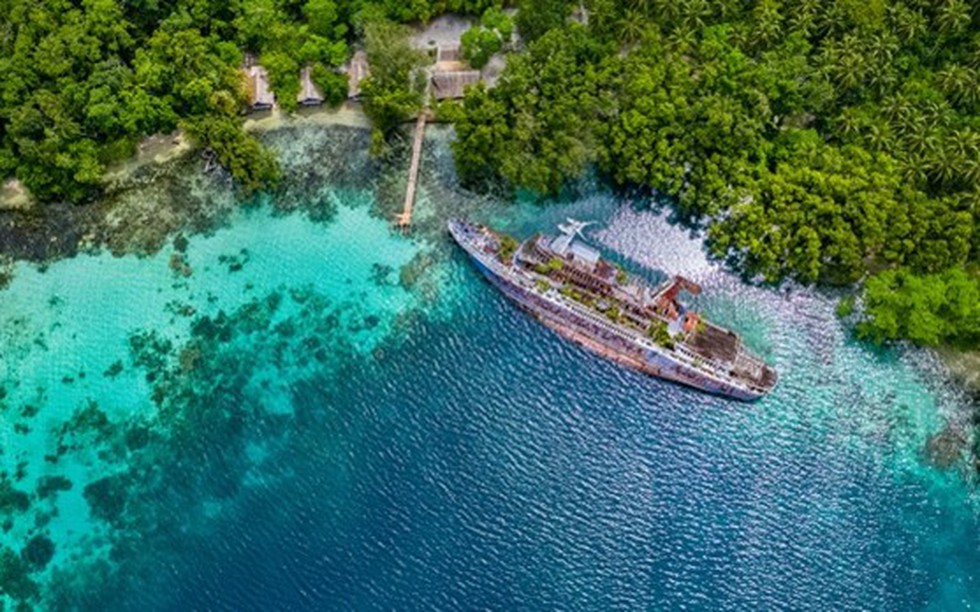
Why in news?
- Prime Minister of Solomon Islands while in China signed nine agreements and memorandums, including a police cooperation plan.
- The new agreements come after the Solomon Islands signed a security pact with China last year, raising fears of a military build-up in the region
Key facts about Solomon Islands:
- It is an island countryconsisting of six major islands and over 900 smaller islands in Oceania.
- It is situated in the southwest Pacific Ocean, approximately 2,000 km to the northeast of Australia.
- Capital: Its capital, Honiara which is located on the largest island, Guadalcanal.
- The terrain is mountainous and heavily forested.
- More than 90% of the islanders are ethnic Melanesians.
- Once a British protectorate, the Solomon Islands achieved independence as a republic in 1978.
- Language:
- There are 63 distinct languages in the country, with numerous local dialects.
- English is the official language, but Pijin is the common language for the majority of people.

About Advance Authorisation Scheme:
- It allows duty free import of inputs, which are physically incorporated in an export product. In addition to any inputs, packaging material, fuel, oil, catalyst which is consumed / utilized in the process of production of export product, is also be allowed.
- They are not allowed to sell the products in the domestic market.
- The Advance Authorization is valid for 12 months from the date of issue of such Authorization.
- Eligibility:
- This scheme is available to either a manufacturer exporter directly or a merchant exporter tied with a supporting manufacturer.
- It includes physical exports, intermediate supply, supplies made to specified categories of deemed exports.
- Duties exempt: The inputs imported are exempt from duties like Basic Customs Duty, Additional Customs Duty, Education Cess, Anti-dumping duty, Safeguard Duty and Transition Product-Specific Safeguard duty, Integrated tax, and Compensation Cess, wherever applicable, subject to certain conditions.
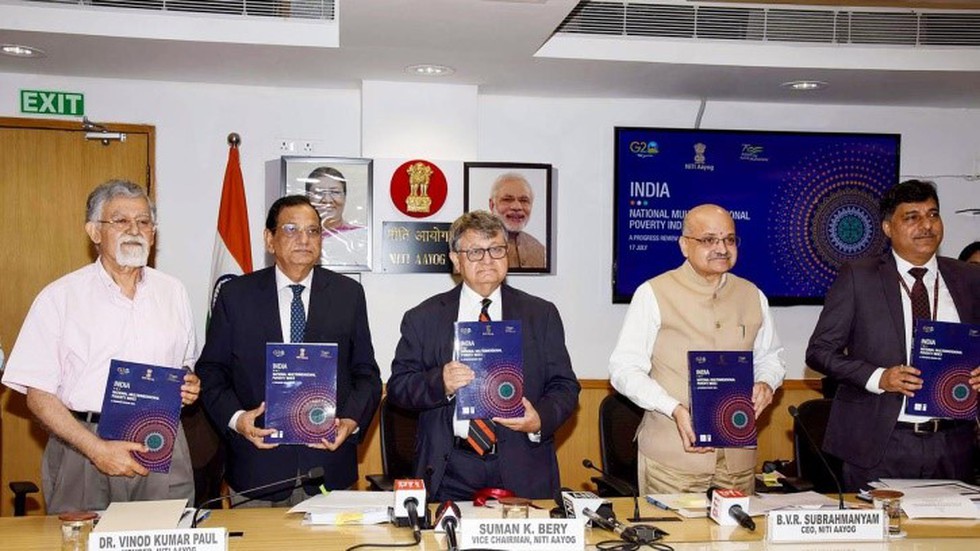
Key Findings:
- It claims that about 13.5 crore people came out of multidimensional poverty during the period, assessed by identifying.
- It said that rural areas witnessed the fastest decline in poverty from 32.59% to 19.28%, primarily due to decrease in the number of multidimensionally poor in States such as Bihar, Uttar Pradesh, Madhya Pradesh, Odisha, and Rajasthan. Delhi, Kerala, Goa and Tamil Nadu have the least number of people facing multidimensional poverty
- Along with the Union Territories. Bihar, Jharkhand, Meghalaya, Uttar Pradesh and Madhya Pradesh top the chart where the percentage of total population who are multidimensionally poor is high.
- Multidimensional poverty in urban areas, during the same period, saw a decrease from 8.65% to 5.27%.
- Uttar Pradesh registered the largest decline in number of poor with 3.43 crore people escaping multidimensional poverty.
- Between 2015-16 and 2019-21, the MPI value has nearly halved from 0.117 to 0.066 and the intensity of poverty has reduced from 47% to 44%.
Key facts about National Multidimensional Poverty Index:
- It is prepared based on the latest National Family Heath Survey of 2019-21 and is the second edition of the National Multidimensional Poverty Index (MPI).
- Totally 12 parameters of health, education and standard of living are examined in the report.
- These include nutrition, child and adolescent mortality, maternal health, years of schooling, school attendance, cooking fuel, sanitation, drinking water, electricity, housing, assets, and bank accounts.
- The report follows Alkire-Foster methodology developed by its technical partners -- the Oxford Poverty and Human Development Initiative (OPHI) and United Nations Development Programme (UNDP).
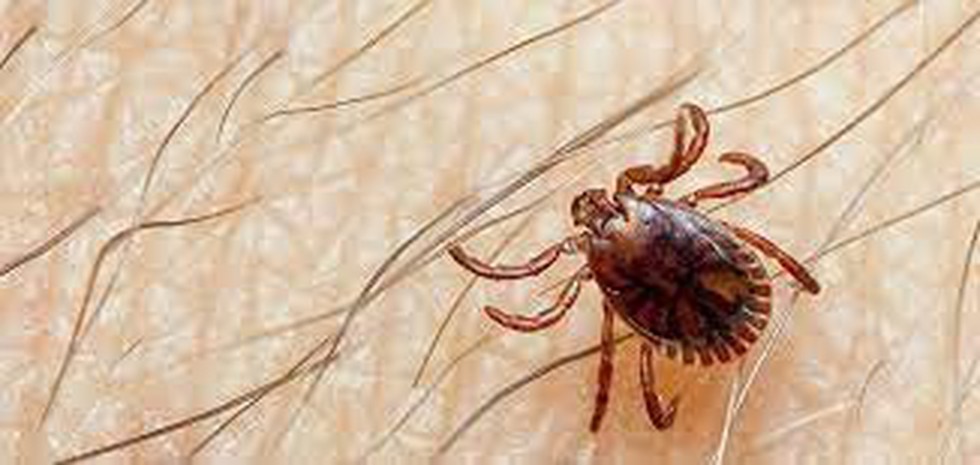
About Crimean-Congo Haemorrhagic Fever:
- It is a viral haemorrhagic fever usually transmitted by ticks.
- It can also be contracted through contact with viraemic animal tissues (animal tissue where the virus has entered the bloodstream) during and immediately post-slaughter of animals.
- The disease was first detected among soldiers in the Crimean Peninsula (near the Black Sea) in 1944.
- In 1969, it was found that an ailment identified in the Congo Basin was caused by the same pathogen. Thus, the disease was named the Crimean-Congo haemorrhagic fever.
- Its outbreak constitute a threat to public health services as the virus can lead to epidemics, has a high case fatality ratio (10–40%).
- Transmission:
- Animals such as cattle, goats, sheep and hares serve as amplifying hosts for the virus.
- Transmission to humans occurs through contact with infected ticks or animal blood.
- It can be transmitted from one infected human to another by contact with infectious blood or body fluids”, such as sweat and saliva.
- The ticks can also be hosted by migratory birds.
- Symptoms:
- Include fever, muscle ache, dizziness, neck pain, backache, headache, sore eyes and sensitivity to light.
- After 2–4 days the agitation may be replaced by sleepiness, depression and lassitude
- Treatment:
- There is no vaccine for the virus in either humans or animals, and treatment generally consists of managing symptoms.
- According to the WHO, “the antiviral drug ribavirin has been used to treat CCHF infection with apparent benefit.”
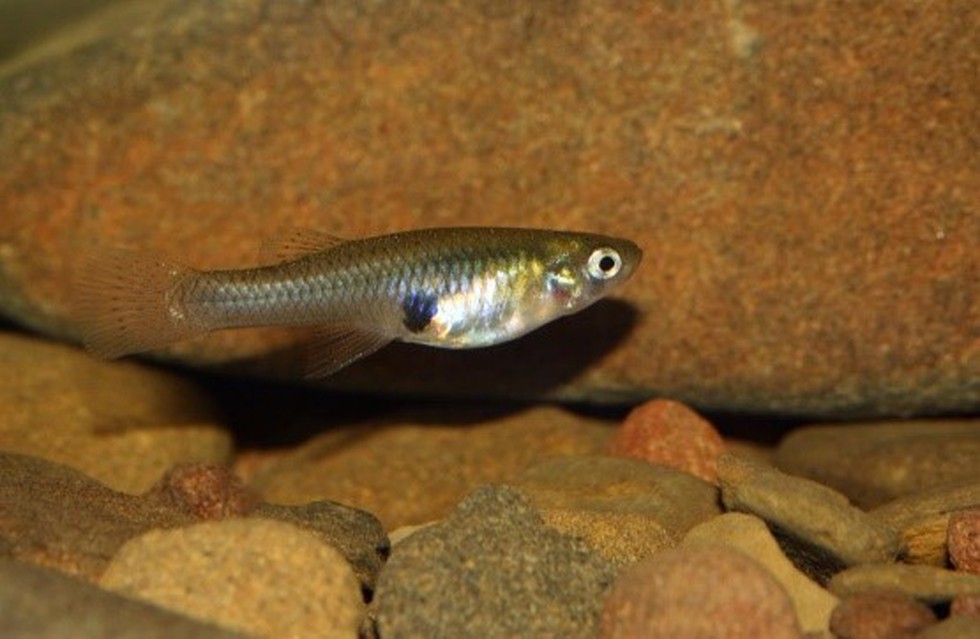
Why in news?
- The release of these invasive alien fish species has raised concerns about the potential harm that will be sustained by native species that abound in the state’s freshwater bodies.
About Gambusia Fish:
- It is also known as mosquito fish, is widely used as a biological agent for controlling mosquito larvae.
- It is native to the waters of the south-eastern United States.
- It has been a part of mosquito-control strategies for over a century in various parts of the world, including India.
- A single full-grown fish eats about 100 to 300 mosquito larvae per day.
- Also, it has been part of various malaria control strategies in India since 1928, including the Urban Malaria Scheme.
- The International Union for Conservation of Nature declare Gambusia one of the 100 worst invasive alien species in the world.
Key facts about Malaria:
- Malaria is a disease caused by the Plasmodium parasite.
- The parasite can be spread to humans through the bites of infected mosquitoes.
- Transmission:
- The plasmodium parasite is spread by female Anopheles mosquitoes, which are known as "night-biting" mosquitoes because they most commonly bite between dusk and dawn.
- There are many different types of plasmodium parasite, but only 5 types cause malaria in humans.
- Plasmodium falciparum: It is mainly found in Africa, it's the most common type of malaria parasite and is responsible for most malaria deaths worldwide.
- Plasmodium vivax : It is mainly found in Asia and South America, this parasite causes milder symptoms than Plasmodium falciparum, but it can stay in the liver for up to 3 years, which can result in relapses.
- Plasmodium ovale: Fairly uncommon and usually found in West Africa, it can remain in your liver for several years without producing symptoms.
- Plasmodium malariae: This is quite rare and usually only found in Africa.
- Plasmodium knowlesi: This is very rare and found in parts of Southeast Asia.




.png)
























































































































































.png)
.png)
.png)
.png)
.png)


.png)
.png)
.png)





.png)
.png)






.png)
.png)
.png)
.png)
.png)
.png)
.png)
.png)
.png)

.png)







.png)
.png)


.png)
.png)
.png)


.png)

.png)
.png)





.jpg)

.png)
.png)


.png)

.png)
.png)
.png)

.jpg)

.jpg)


.png)

.png)
.png)
.png)
.png)
.png)
.png)
.png)
.png)
.png)
.png)




.png)




.png)
.png)
.png)
.png)
.png)
.png)
.png)
.png)
.png)
.png)
.jpg)
.jpg)

.png)
.png)
.png)
.png)
.png)
.png)
.png)
.png)
.png)
.png)
.png)
.png)
.png)
.png)
.png)
.png)
.png)
.png)
.png)
.png)
.png)
.png)



.png)
.png)

.jpg)
.jpg)


.jpg)
.jpg)
.jpg)
.jpg)
.jpg)

.jpg)








.jpg)
.jpg)
.jpg)
.jpg)
.jpg)

















.jpg)
.jpg)







.jpg)


















.jpg)
.jpg)






























































































.jpg)
.jpg)


























.jpg)

.jpg)










.jpg)








.jpg)




.jpg)










.jpg)


















.jpg)












































.jpg)














.jpg)
.jpg)
.jpg)





.jpg)

.jpg)
.jpg)





































































.jpg)


































.jpg)
.jpg)
















































.jpg)












.jpg)


.jpg)




.jpg)
.jpg)
.jpg)

.jpg)
.jpg)
.jpg)
.jpg)

.jpg)
.jpg)
.jpg)

.jpg)
.jpg)
.jpg)
.jpg)
.jpg)
.jpg)
.jpg)
.jpg)

.jpg)


.jpg)
.jpg)
.jpg)
.jpg)
.jpg)
.jpg)
.jpg)
.jpg)
.jpg)
.jpg)











.jpg)
.jpg)





.jpg)
.jpg)
.jpg)
























.jpg)
























.jpg)









.jpg)
.jpg)







.jpg)
.jpg)









































.jpg)
.jpg)
.jpg)
.jpg)
.jpg)

.jpg)
.jpg)
.jpg)
.jpg)
.jpg)


.jpg)
.jpg)
.jpg)
.jpg)
.jpg)

.jpg)
.jpg)
.jpg)
.jpg)
.jpg)
.jpg)
.jpg)
.jpg)
.jpg)
.jpg)
.png)

.png)
.png)

.png)
.png)
.png)
.png)


.jpg)
.jpg)

.jpg)
.jpg)
.jpg)

.png)
.png)
.png)
.png)
.png)
.png)
.png)

.png)
.png)
.png)
.png)
.png)
.png)
.png)
.png)
.png)
.png)





































































-min.png)



.png)




.png)








































